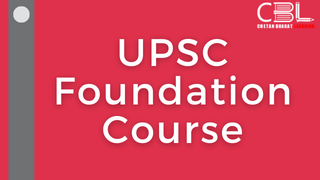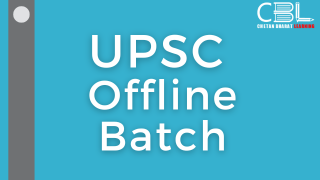Important for
Prelims: Polity & Governance
Mains: General Studies II
- The Reserve Bank of India’s (RBI) recently released its maiden report on ‘Finances of Panchayati Raj Institutions,
- With this, it sought to fill a long-felt gap in understanding of the fiscal health of the third tier of government in India: local institutions of governance.
- Now, its more than 30 years, empowerment of the kind envisaged in 1992 is yet to be realized.
Findings of the Report
- Host of factors: efficacy of PRI is “contingent upon factors such as the availability of adequate resources, nurturing of capabilities, political support, and active engagement of the local community.”
- Finances: The main stumbling block is inadequate resources. Over the years, PRIs have done little to augment their own revenues from items like property tax, fees and fines. They preferred the softer option of transfers from higher levels.
- Lack of autonomy: Inevitably, this reliance on grants has meant they are not financially self-reliant, thereby limiting their ability to decide local spending priorities themselves.
- Subsidiarity principle: The principle of subsidiarity as enshrined in the EU’s Maastricht Treaty, is far from realized in India’s third tier of government.
- Principle of subsidiarity means, higher levels of government should perform only those functions that can’t be performed at the local level.
- Uneven devolution and development: As regional disparities are sharp with respect to economic development in India, the devolution of powers and functions to panchayats varies greatly across states.
- In general, India’s southern states have done better than others. This may perhaps explain why these states have made more progress on human development indicators.
- Translating vision: local governments at the panchayat level (about 262,000 such) have a “significant role in translating the vision and developmental policies of both the Central and State governments into action.”
- Local needs: Local governments invariably have more detailed information on the preferences and local needs of citizens.
Challenges
- Limited devolution of power:
- Funds:
- Functionaries:
- Functions:
- Political interference:
- Party politics:
- Bureaucratic hurdles:
- Social inequalities:
Internal weaknesses:
- Corruption:
- Lack of awareness and capacity:
- Gender gap:
Measures
- Decentralisation not just devolution: Implement true devolution of funds, functions, and functionaries.
- Transparency and accountability: Regularly conduct transparent audits of Panchayat finances and projects to prevent corruption and misuse of resources.
- Empower Gram Sabhas: Ensure active participation of Gram Sabhas in decision-making, budget allocation, and project monitoring.
- Promote active citizen participation and empower marginalized communities, through mechanisms like social audit.
Way Ahead
- Ideally, the level responsible for providing a particular good or service should also be in charge of its funding and revenue collection. This will minimize the scope for moral hazard.
- Strengthening Panchayati Raj is an ongoing process that requires sustained commitment from the government, civil society, and rural communities.
- With this, there is a need to move towards realizing the dream of Mahatma Gandhi that “every village will be a republic or panchayat, having full powers”. This can drive inclusive development and social change in rural India.
Mains Practice Question
Critically analyze the current financial status of Panchayati Raj Institutions (PRIs) in India. Discuss the major challenges and their impact on effective functioning.




Leave a Reply
You must be logged in to post a comment.